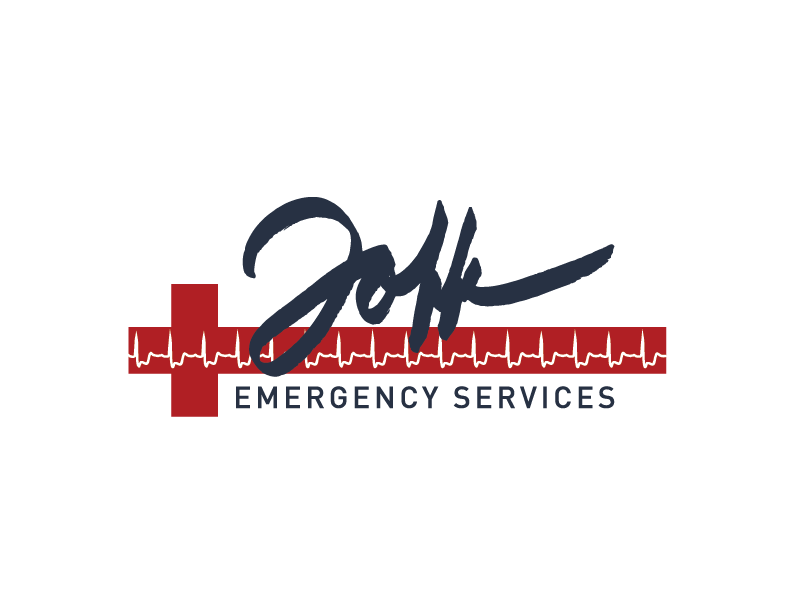You can safely characterize the Joffe Emergency Services position on school emergency drills as “pro-drill.” Over the course of our school safety partnerships with campuses across the country, we observe, improve, expand upon, run, and otherwise incorporate effective safety drills into the fabric of a school.
This includes drills your school has likely done ad nauseum (fire, lockdown, shelter-in-place) as well as some that you perhaps haven’t practiced quite as much or at all (moulage drills, or a full reunification drill with parents and students). However, what we often hear questions about from schools are drills dealing with armed assailants on campus. Does your school need to practice for that possibility? Recently, a study performed by the National Association of School Psychologists and the National Association of School Resource Officers shed some detailed light on the question. All data referenced in this article is sourced from that piece.
Let’s start with the negatives. First of all, this is an intensely emotional drill for everyone involved. Done incorrectly or without appropriate preparation, and your school may be in a worse position than when you started. It goes without saying that practicing for an armed assailant needs to be handled sensitively, particularly for students and adults who are more susceptible to stress.
Additionally, it may not be a wise allocation of resources. Time devoted to safety is already a challenge at many schools, which is one reason we have Joffe employees managing school safety programs around the country. Does it make sense to spend time drilling in preparation for an armed shooter when such incidents are responsible for less than 1% of school-age youth homicides? Will this preparation detract from other, also important safety measures your school is implementing?
While the data is clear in its conclusion that practicing disaster response procedures improves our ability to adapt and handle emergency situations, there has not been enough research to establish that same connection between armed shooter drills and safety preparation. While it would stand to reason that it likely does have some positive impact, there are potential financial risks to a poorly-executed drill. Workplaces have faced lawsuits due to physical and emotional harm caused by armed assailant drills.
Now for some positives. I think the aforementioned study puts it well and succinctly by saying “The primary purposes of an armed assailant drill are to provide law enforcement and relevant school leadership and staff the opportunity to practice skills and protocols and to identify and correct areas of weakness in knowledge, communication, coordination, and decision-making.” Okay, maybe succinct was a stretch, but they still said it well. This type of drill allows for a school to gain much more data on their safety preparedness than a lockdown drill by itself.
While lockdown remains a part of what we are practicing in an armed shooter drill, participants also consider a range of alternative solutions to saving lives, depending on the situation. For example, depending on a range of factors, the best option in a assailant-on-campus scenario may be swift evacuation, lockdown, or as a last resort, attacking the attacker. If students and staff are capable, it’s always better to have more options and ways to act than not. Again, this is situation-dependent. If many classrooms in your school have quick and direct access to the outside, evacuation may be a better option on your campus.
As I’ve repeated multiple times, your school’s answer to this question is dependent on variables that you know best. A primary school in the North Carolina mountains faces different challenges than a large high school in California, but they share the same goal of safe schools (So does Joffe!) If it’s something your school would like to prepare for, but there’s concern for any reason about doing a full-scale drill, a nice middle ground could be a tabletop exercise, where school decision-makers game out how the school would respond in a scenario, identifying weak spots so that they can be improved. If and when your school does decide to do a full drill, the best way to maximize positive effects and minimize the negative is excellent drill planning and clear communication with the entire school community in advance of the drill.
If this all seems a little overwhelming, that’s okay! Safety isn’t easy, but it is critically important. Check out some of our other resources on our website if you’d like to learn more.

